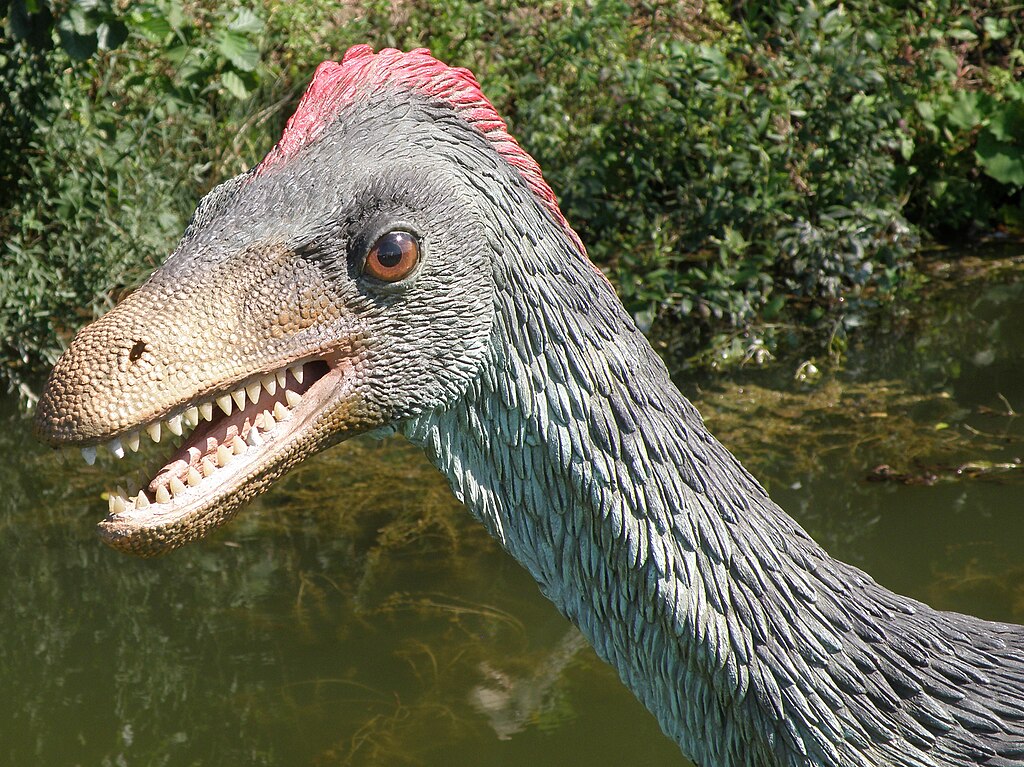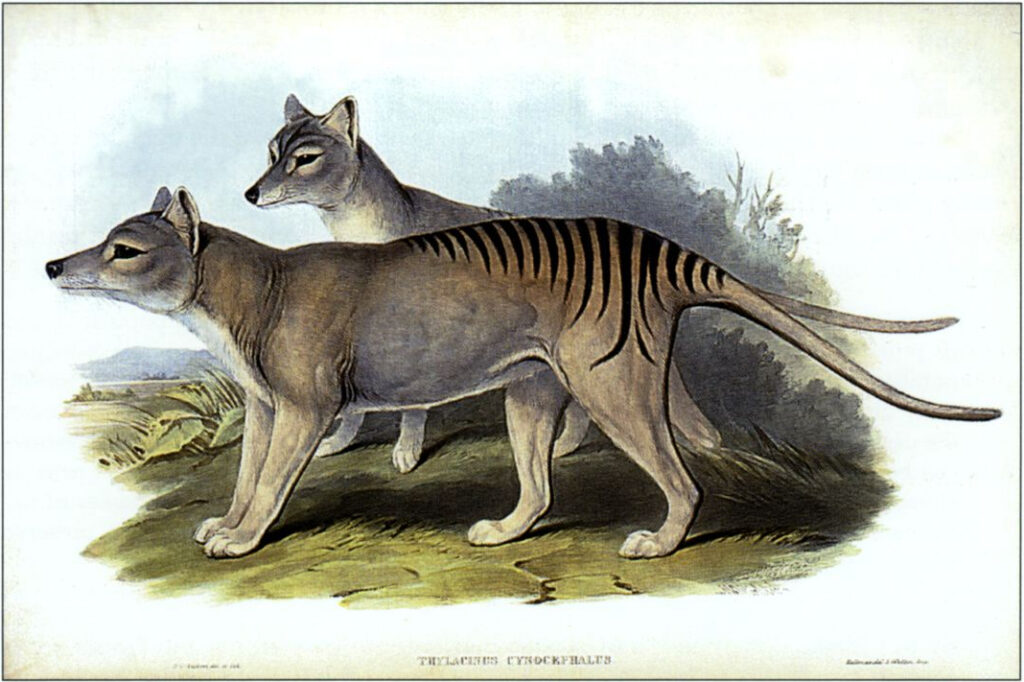Picture this: it’s 1993, and theaters across the world are packed with audiences gasping in wonder as a massive Brachiosaurus towers over Dr. Alan Grant on the silver screen. But here’s the thing that might shock you – that moment of prehistoric wonder never really ended. While many cultural phenomena come and go like shooting stars, the dinosaur fascination that exploded in the 1990s has proven to be as enduring as the fossils themselves. What started as a cinematic spectacle has evolved into something far more profound and lasting than anyone could have predicted.
The Jurassic Park Effect That Changed Everything
When Steven Spielberg’s “Jurassic Park” roared into theaters in 1993, it didn’t just break box office records – it fundamentally rewired how an entire generation viewed dinosaurs. The film’s revolutionary CGI brought these ancient creatures to life with an unprecedented level of realism that made previous depictions look like cartoon characters.
The movie’s impact went far beyond entertainment, sparking what paleontologists now refer to as the “Jurassic Park effect.” Museum attendance at natural history exhibits skyrocketed by over 200% in the following years. Children who watched velociraptors hunt in packs suddenly knew terms like “paleontologist” and could distinguish between herbivores and carnivores with scientific precision.
What made this cultural moment so powerful wasn’t just the spectacle – it was the perfect storm of cutting-edge technology meeting humanity’s deepest curiosities about our planet’s mysterious past. The film transformed dinosaurs from dusty museum displays into living, breathing creatures that felt tangible and real.
Science Education Got a Prehistoric Makeover
The 90s dinosaur boom didn’t just entertain – it revolutionized how science was taught in classrooms around the world. Teachers suddenly found themselves with the most engaged students they’d ever encountered, all thanks to these ancient reptiles capturing young imaginations.
Elementary schools began incorporating dinosaur-themed lessons across multiple subjects, from math problems involving dinosaur measurements to creative writing assignments about time travel to the Mesozoic Era. Science museums started developing interactive exhibits where children could participate in mock archaeological digs and handle real fossils.
This educational shift had profound long-term effects. Many of today’s leading paleontologists, geologists, and evolutionary biologists trace their initial interest in science back to this pivotal decade. The dinosaur craze essentially became a gateway drug to scientific thinking and inquiry.
Technology Brought Ancient Worlds to Life
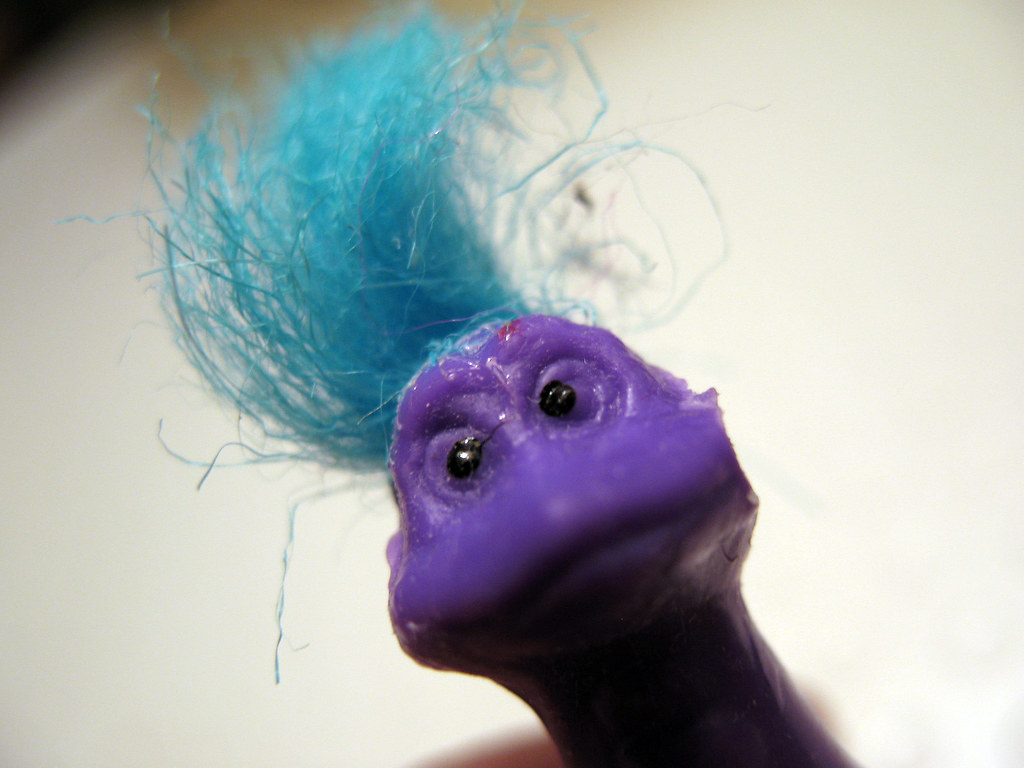
The 1990s marked a technological revolution that made dinosaurs more accessible than ever before. Computer graphics, animatronics, and digital modeling converged to create experiences that previous generations could only dream of.
Museums began investing heavily in sophisticated dinosaur exhibits featuring robotic creatures that moved, roared, and even appeared to breathe. The traveling animatronic dinosaur shows became massive attractions, drawing crowds comparable to major sporting events. Children could suddenly walk among life-sized T-Rex models that seemed terrifyingly real.
Home computers and early internet access also played a crucial role. CD-ROM educational games about dinosaurs became bestsellers, allowing kids to virtually excavate fossils and build their prehistoric ecosystems. This technological immersion created a generation that didn’t just read about dinosaurs – they experienced them in multiple dimensions.
The Merchandising Empire That Never Stopped Growing
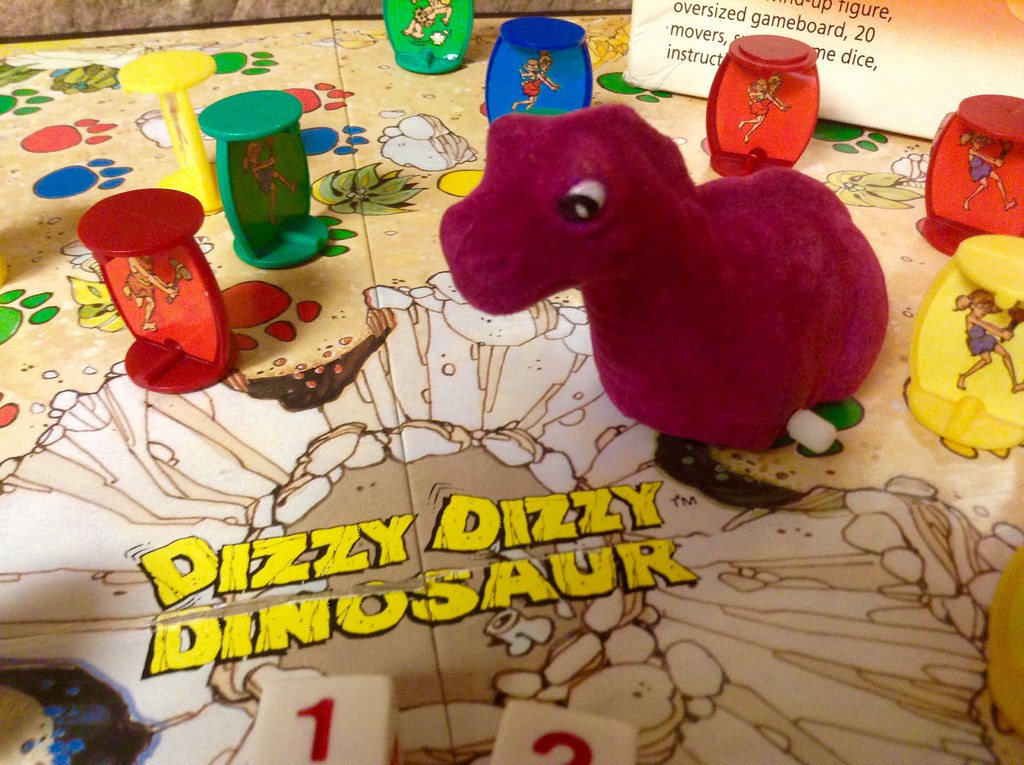
The commercial success of dinosaur-themed products in the 90s created an industry that continues to thrive today. Toy manufacturers discovered that dinosaur figures weren’t just seasonal fads – they were evergreen products with sustained demand across multiple generations.
Major toy companies like Mattel, Hasbro, and Kenner launched extensive dinosaur lines that dominated toy store shelves. These weren’t simple plastic figures either – they featured sophisticated details, articulated joints, and sound effects that made play experiences incredibly immersive. The success was so dramatic that dinosaur toys became one of the most profitable categories in the industry.
What’s remarkable is how this merchandising empire adapted and evolved with changing times. Today’s dinosaur toys incorporate augmented reality, smartphone apps, and advanced materials that would have seemed like science fiction in the 90s. The commercial foundation built during that decade continues to generate billions in revenue annually.
Hollywood’s Prehistoric Gold Mine
The entertainment industry quickly recognized that dinosaurs weren’t just a one-hit wonder – they were a renewable resource for storytelling. Following Jurassic Park’s success, studios began developing multiple dinosaur-themed projects that appealed to audiences of all ages.
Television networks launched educational programming that combined entertainment with scientific accuracy. Shows like “Walking with Dinosaurs” and “Dinosaur Planet” brought documentary-style storytelling to prehistoric subjects, creating a new genre of factual entertainment that remains popular today.
The film industry has continued to mine this prehistoric gold mine with remarkable consistency. The Jurassic franchise alone has generated over $6 billion worldwide across multiple sequels, proving that audience appetite for dinosaur content shows no signs of diminishing. Each new installment introduces these ancient creatures to fresh generations of viewers.
Scientific Discovery Accelerated by Public Interest
The surge in public fascination with dinosaurs during the 90s had an unexpected consequence: it significantly increased funding and support for paleontological research. Museums, universities, and research institutions found themselves with more resources than ever before to pursue dinosaur-related studies.
This increased investment led to an explosion of discoveries. The number of newly identified dinosaur species increased dramatically throughout the decade and continues to grow today. Advanced imaging techniques, CT scanning, and computer modeling have revealed details about dinosaur behavior, physiology, and evolution that were impossible to determine previously.
The public’s sustained interest has also made paleontology one of the most well-funded branches of earth science. Research expeditions that might have struggled for financing in previous decades now attract significant support from both private donors and government agencies. This creates a positive feedback loop where discoveries fuel continued public interest.
The Nostalgia Factor Keeps Growing Stronger
Perhaps one of the most powerful forces keeping the dinosaur craze alive is nostalgia. The children who experienced “dinomania” in the 90s are now adults with their children, creating a multi-generational cycle of prehistoric fascination.
These nostalgic adults possess significant purchasing power and emotional attachment to dinosaur content. They eagerly share their childhood passions with their kids, often purchasing even more elaborate dinosaur toys and experiences than they had access to decades ago. This creates a built-in audience that spans multiple age groups.
The nostalgia factor also influences media consumption patterns. Adults who grew up during the original dinosaur craze are the primary audience for sophisticated dinosaur documentaries, high-budget film sequels, and premium collectible merchandise. Their emotional connection to these creatures runs much deeper than casual entertainment consumption.
Digital Age Amplified the Prehistoric Passion
The rise of the internet and social media has given dinosaur enthusiasts unprecedented ways to connect, share information, and maintain their passion. Online communities dedicated to paleontology, dinosaur art, and fossil collecting have created virtual spaces where interest can be sustained and developed.
YouTube channels focused on dinosaur science regularly attract millions of viewers, while Instagram accounts featuring dinosaur artwork and fossil discoveries have massive followings. These digital platforms allow for real-time sharing of discoveries, theoretical discussions, and educational content that keeps the subject matter fresh and exciting.
Video games have also played a crucial role in maintaining dinosaur popularity. Titles like “ARK: Survival Evolved” and “Jurassic World Evolution” allow players to interact with dinosaurs in ways that go far beyond passive observation. These immersive experiences create emotional connections that traditional media couldn’t achieve.
Educational Value Stands the Test of Time
Dinosaurs remain one of the most effective tools for teaching complex scientific concepts to people of all ages. Their appeal transcends cultural and linguistic barriers, making them universally accessible entry points into topics like evolution, geology, and environmental science.
Modern educational approaches have refined the techniques developed in the 90s, creating increasingly sophisticated ways to use dinosaur fascination as a learning catalyst. Interactive museum exhibits now incorporate virtual reality experiences, allowing visitors to walk through Cretaceous forests or witness mass extinction events firsthand.
The educational value extends beyond traditional science subjects. Dinosaur studies naturally incorporate elements of mathematics, geography, history, and critical thinking. This interdisciplinary approach makes them valuable tools for comprehensive education rather than just specialized science instruction.
Pop Culture Integration Became Permanent
Unlike many cultural phenomena that peak and fade, dinosaurs have become permanently integrated into popular culture. They appear regularly in everything from advertising campaigns to fashion design, indicating a level of cultural penetration that goes far beyond temporary trends.
Major brands routinely use dinosaur imagery in their marketing campaigns because these creatures evoke powerful emotional responses across diverse demographic groups. The symbolism of dinosaurs – representing power, mystery, and prehistoric wonder – has become part of our collective cultural vocabulary.
This integration is so complete that dinosaur references appear in contexts that have nothing to do with paleontology. Musicians write songs about them, artists create dinosaur-inspired works, and writers use them as metaphors for everything from business practices to relationship dynamics.
Scientific Accuracy Improved the Experience
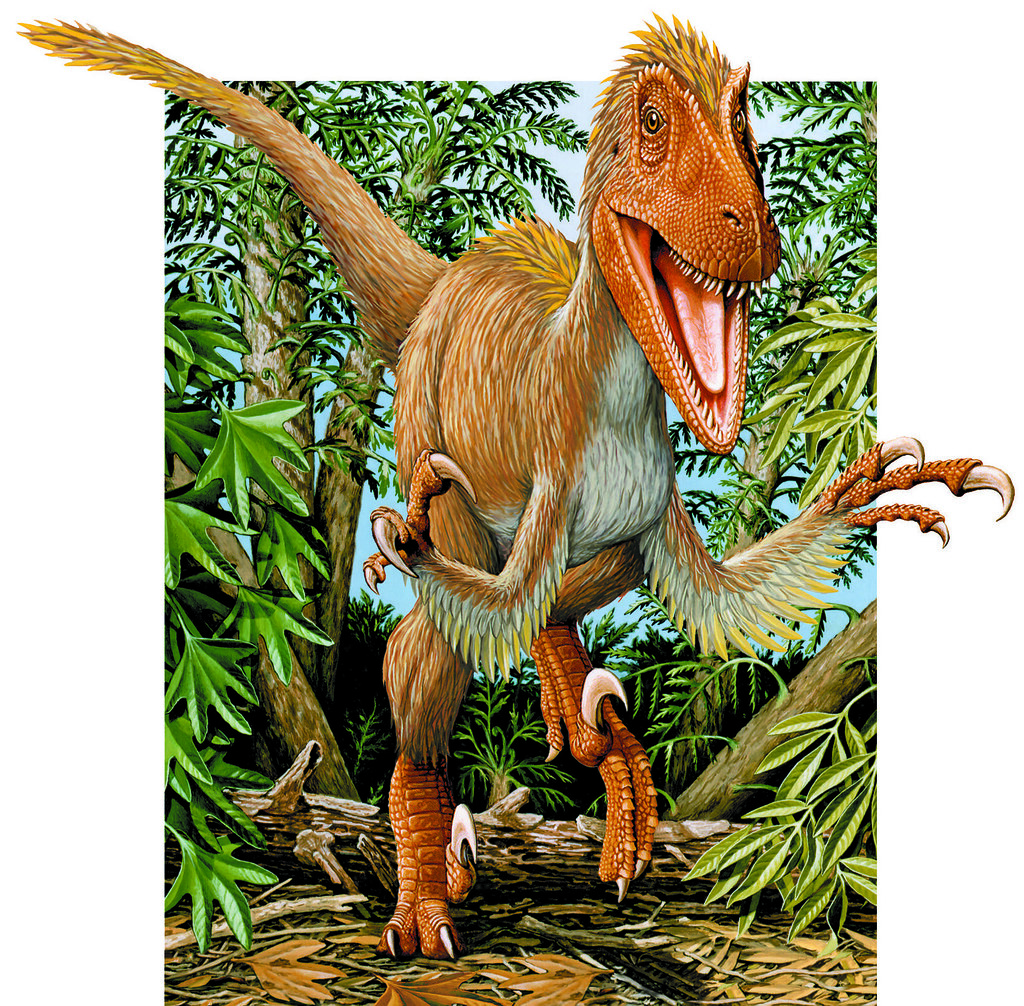
One of the most significant developments since the 90s has been the dramatic improvement in the scientific accuracy of dinosaur depictions. Modern paleontological research has revealed details about dinosaur behavior, appearance, and physiology that have made fictional portrayals increasingly realistic.
The discovery that many dinosaurs had feathers, exhibited complex social behaviors and displayed vibrant coloration has added new dimensions to their appeal. These revelations have made dinosaurs seem more like real animals rather than mythical monsters, increasing their emotional resonance with audiences.
Advanced computer modeling and fossil analysis techniques have also allowed scientists to make educated guesses about dinosaur vocalizations, movement patterns, and even potential intelligence levels. This scientific rigor has enhanced rather than diminished the wonder surrounding these creatures.
Global Phenomenon With Local Adaptations
The dinosaur craze that began in the 90s quickly spread worldwide, but it adapted to local cultures and educational systems in fascinating ways. Different countries emphasized different aspects of dinosaur science based on their own fossil discoveries and cultural contexts.
China’s remarkable dinosaur fossil discoveries have made it a major center for paleontological research, with new species being discovered regularly. This has created a thriving domestic dinosaur culture that influences everything from children’s programming to theme park attractions.
Argentina’s rich fossil beds have similarly inspired a strong local dinosaur culture, while countries like Mongolia have become popular destinations for dinosaur-themed tourism. These regional variations have helped maintain global interest by providing fresh perspectives and discoveries.
The Collector’s Market Exploded
The adult collector’s market for dinosaur-related items has grown exponentially since the 90s, creating a sophisticated economy around prehistoric merchandise. High-end dinosaur sculptures, limited edition fossil replicas, and movie memorabilia command significant prices among dedicated collectors.
This market has driven innovation in manufacturing techniques and attention to detail. Companies now produce museum-quality dinosaur models for home collectors, complete with scientifically accurate coloration and anatomical features. The demand has justified investment in research and development that benefits the entire industry.
Auction houses regularly feature dinosaur-themed items, and specialized conventions draw thousands of collectors annually. This economic activity provides ongoing financial incentives for continued innovation and production in the dinosaur merchandise space.
Future Generations Continue the Legacy
Perhaps the most compelling evidence that the 90s dinosaur craze never truly ended is how effectively it continues to captivate new generations. Children born decades after Jurassic Park’s release show the same wide-eyed wonder when encountering their first T-Rex skeleton that their parents experienced.
Modern children have access to far more sophisticated dinosaur content than previous generations, yet their fundamental fascination remains unchanged. They still dream of becoming paleontologists, collecting dinosaur toys with passionate dedication, and absorbing dinosaur facts with remarkable enthusiasm.
Educational research shows that dinosaur interest typically peaks around age 6-8, but unlike most childhood fascinations, it often resurfaces in adolescence and adulthood. This cyclical pattern suggests that dinosaur appeal taps into something fundamental about human curiosity and wonder that transcends age-specific interests.
Conclusion
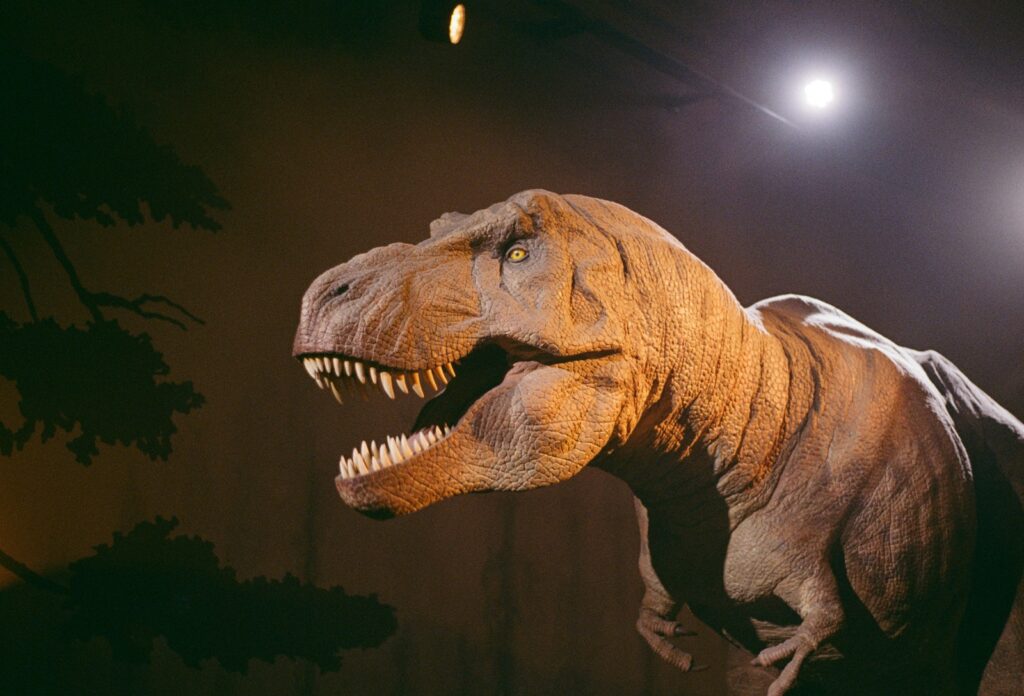
The dinosaur phenomenon that erupted in the 1990s has proven to be far more than a temporary cultural moment. It fundamentally altered how we approach science education, entertainment, and our relationship with natural history. The combination of technological advancement, educational value, and pure emotional appeal created a perfect storm that continues to generate discoveries, products, and experiences. Today’s children explore prehistoric worlds through virtual reality, while adults fund research expeditions and collect sophisticated replicas. The merchandising empire spans generations, scientific research thrives on public support, and each discovery adds fuel to the fascination. What began as a movie about resurrected dinosaurs has evolved into a permanent fixture of human culture, proving that some interests truly are as enduring as the fossils themselves. Did you ever imagine a single film could reshape humanity’s relationship with creatures that died out 66 million years ago?


